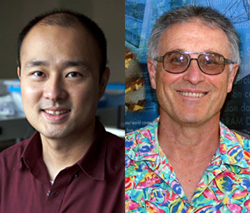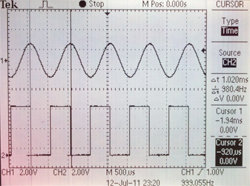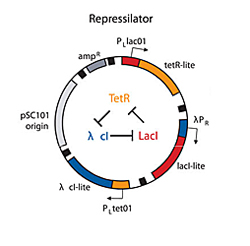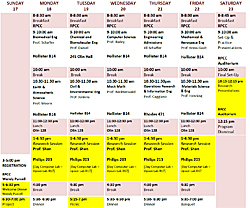
Xiling Shen and Bruce Land
Biology and Physical Sciences are combining to solve some of the hard problems we face today. Electronic techniques of circuit design and mathematical analysis and biological techniques of cell and gene manipulation hold great promise. In this academy, we will illustrate connections between biology, electronics and mathematical analysis. Projects will include electronic instrumentation for biological and diagnostic measurements, and models of blood circulation and gene function. There will also be projects which address energy efficiency and security.
Both electrical engineering and biology require interdisciplinary research, with an emphasis on expertise across different disciplines, teamwork, and communication skills. Through these projects, the CURIE scholars will learn basic research skills including literature search, teamwork and presentation skills. They will also develop an appreciation of how cutting-edge research is conducted in the college level.
The course is taught by Xiling Shen and Bruce Land, who are staff members in Electrical and Computer Engineering.
Introductory materials

Oscilloscope display
General Introduction to projects.
Interface between life and physical sciences
Electronics introduction.
General background to warm up your neurons.
Biology lab
Electronics lab.
First Day exercises with instruments including Digital multimeter, signal generator and oscilloscope.
Projects

Repressilator genetic oscillator
Infrared sensor pulse meter.
Infrared light traveling through your finger tip gets scattered by hemaglobin. Measuring the scattering allows you to get the amount of blood, and therefore the relative blood pressure.
You will build the sensor and circuit to implement a heart beat detector.
Cricket call generator.
Cricket calls are highly structured songs with timing specific to
each species. You will build a circuit which allows you to synthesize a variety of cricket calls, then match them to real cricket calls. Matlab code and cricket songs, and more info.
Repressilator gene oscillator model.
Oscillators are everywhere in biology (and in consumer electronics). Oscillators are the basis of circadian rhythms of sleep and eating, as well as walking and many other cyclic processes in biology. You will build an electronic model of oscillatory gene function
and relate it to biological function. Matlab code
Sun tracker.
Energy efficiency is one of the great challanges of our time. This project builds a combination of sensors and motors to track a bright light source. A solar panel which tracks the sun makes 30% more power in the summer in Ithaca.
Wireless combination lock.
This project makes a digital logic "key" to produce a coded sequence of infrared light flashes, which can open a similarly coded lock.
The device could be used on doors, computers or other devices just by pointing the key at the lock.
Sleep Apnea feedback device.
Obstructive sleep apnea (OSA) is the most common type of sleep-disordered breathing. It is characterized by unusual pauses or cessations in breathing during sleep. It is caused by a physical obstruction of the airway. Students will build auditory and visual feedback displays for a medical device intended as an alternative treatment option for OSA. Introduction to programming and More details.
Protein Localization in Mammalian Cells.
You will compare the localization of proteins (ZFP568 & GALT) in two types of mammalian cells. Protein location is essential for proper function, and mislocalization is associated with disease.
Microfludic model the microvascular system.
In this project, students will explore what happens to fluid flow inside a microfluidic network that models the microvascular system, specifically they will mimic a blockage or clot to learn what happens during a stroke.
Schedule
- Lecture: 203 Philliips
- Lab 238 Phillips
- Calendar

